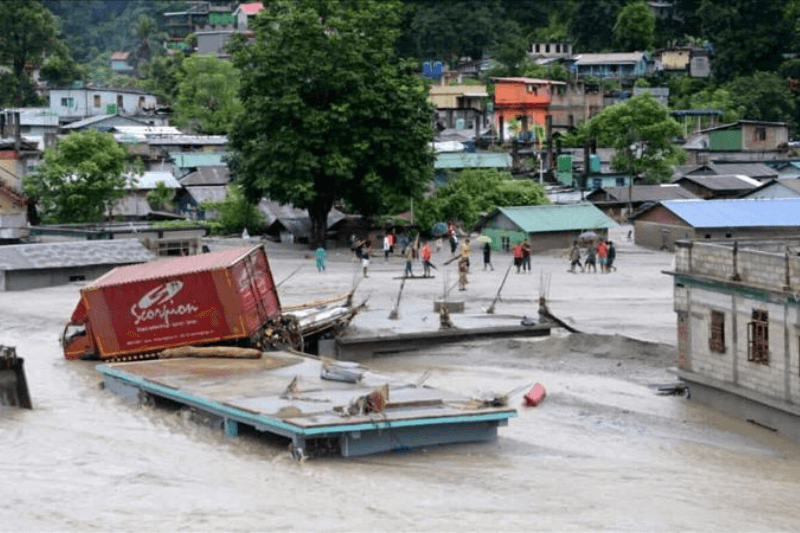
Has Nepal Earthquake Got Something To Do With Sikkim Flash Flood? Let’s Check
A series of earthquakes jolted Nepal in a span of just one hour on Tuesday afternoon, with tremors felt across large parts of North India.
Just a day later, the South Lhonak Lake outburst in Sikkim triggered a flash flood in the Teesta River basin, killing at least 8 people and leaving 69 more, including 22 Army personnel, missing.
Scientists have now launched a meticulous effort to investigate whether the earthquake in Nepal may have something to do with the Sikkim disaster.
Lake Outburst Triggered A Flash Flood In The Basin
The glacial lake in Sikkim was already vulnerable. Its area has reduced to 60 hectares from a staggering 168 hectares, suggesting some 100 hectares of water volume has breached the level.
According to reports, a cloud burst over the South Lhonak Lake triggered the torrential flooding in the valley downstream, located about 150 km north of Gangtok near the border with China.
Satellite images released by the National Remote Sensing Centre showed the lake’s area reduced by 100 hectares. This suggests the lake outburst triggered a flash flood in the basin.
Keep Reading
Glacial Lake Outburst Flood In Focus – What Is It?
A senior official at the Central Water Commission said while it’s difficult to determine the reason behind the devastation, a cloud burst does not cause such results.
The South Lhonak Lake potentially suffered a glacial lake outburst flood, which caused a rapid rise in water levels with very high velocities downstream along the Teesta River basin.
Notable, GLOFs can also be triggered by earthquakes. So far, officials estimate the event may have been caused by heavy rainfall from a Bay of Bengal low-pressure depression.
Strong Quake Hits Near Japan’s Outlying Islands
Japan issued a tsunami advisory on Thursday after a powerful earthquake hit near its outlying islands in the Pacific Ocean, but lifted the same about a couple of hours later.
The advisory asked people to stay away from the coast and river mouths. According to the US Geological Survey, the strongest of the series of offshore quakes measured magnitude 6.1.
The tremors were not felt on the islands or in the Tokyo region. No damage was reported but a tsunami measuring about 1 foot was observed at Yaene on Hachijo island.




